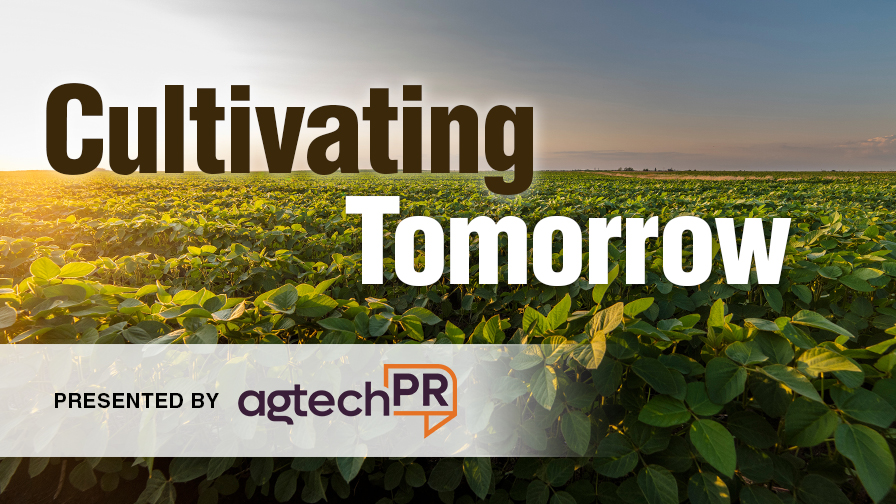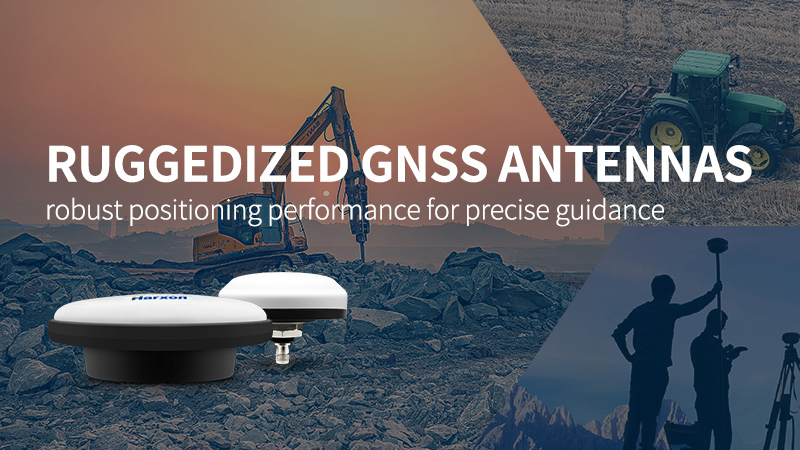Cultivating Tomorrow: GROWERS CEO on How Harnessing Transactional Data Can Enhance Customer Loyalty in 2025
 Editor’s note: “Cultivating Tomorrow” is a special series that shares insights from C-suite executives at leading AgTech companies, presented by AgTech PR. Its aim is to highlight the experiences of AgTech leaders driving agricultural transformation today. In this installment, GROWERS CEO Steven Valencsin shares insight on why ag retail needs a more strategic, data-driven approach that reflects the realities of 2025.
Editor’s note: “Cultivating Tomorrow” is a special series that shares insights from C-suite executives at leading AgTech companies, presented by AgTech PR. Its aim is to highlight the experiences of AgTech leaders driving agricultural transformation today. In this installment, GROWERS CEO Steven Valencsin shares insight on why ag retail needs a more strategic, data-driven approach that reflects the realities of 2025.
As we approach 2025, the agricultural landscape is gearing up for intense competition amongst retailers vying for customers. Many retailers are fighting to maintain market share, but I believe there’s a bigger opportunity for those who think strategically. The key lies in leveraging a powerful, often overlooked asset: transactional data.
The agricultural retail industry faces some uncomfortable realities. On average, customer churn sits between 4%-6% annually. With growth goals often set at similar levels, achieving real growth means aiming for 8% or higher — a daunting task, especially when commodity prices are down.
But here’s what’s even more concerning: many businesses don’t realize they’re losing sales. Farmers often spread their purchases across multiple retailers, making it hard to tell if you’re growing sales or quietly losing ground to competitors. Even if total sales seem steady, farmers could be shifting other purchases elsewhere. Our analysis shows that, on average, retailers capture just 42% of a farmer’s total business. Customer churn is like a leaky bucket — if you want to grow, you need to plug the holes. But it’s hard to do that without a clear view of customer spending across segments.
The Case for Data-Driven Loyalty
Customer loyalty programs have long been a proven tactic for driving sales and enhancing retention. However, traditional programs, like the ones offering a free trip to the Bahamas — fall short of meeting the needs of modern farmers.
The agriculture industry needs a more strategic, data-driven approach that reflects the realities of 2025. Today’s farmers, like all of us, prefer tangible rewards, like cashback or discounts on future purchases, that directly impact their bottom line. This is why in 2024, over 90% of consumer brands have already launched loyalty programs, including programs farmers are most likely participating in like Kwik Rewards or Fleet Farm Rewards. The answer “why” is clear — loyalty program members spend an average of 27% more than non-members.
By leveraging transactional data, ag retailers can develop similar loyalty programs that go beyond generic rewards, creating deeper, more meaningful connections with their farmers. If consumer brands can offer this, why shouldn’t agribusinesses do the same?
At GROWERS, we help ag retailers design and implement fully customizable, points-based loyalty programs that align with the actual purchasing behaviors of their customers, in return helping retailers succeed in reaching their business goals. By analyzing transactional data, we create programs that encourage specific behaviors — whether it’s leveraging grain sales to drive agronomy purchases or cross-selling across various segments. Our programs are built around the concept that every point earned by a farmer (where 1 point = $1) can only be spent at the retailer where it was earned. This not only guarantees customer loyalty but also helps reduce farmers’ cost per acre — something that resonates strongly as they prepare for 2025.
Growing Your Slice of the Pie
As we gear up for a challenging ag economy, many agribusinesses are focused on cost-cutting. But I believe the real opportunity lies in growth. Retailers are always looking for ways to increase sales with their existing customers, but they often rely solely on their sales teams to convince farmers that they should consolidate purchases. If a farmer is perfectly content working with multiple suppliers, why would they change? A well-designed loyalty program provides that reason. By offering a combination of tiers, spending hurdles, and elevated rewards for purchasing across multiple segments, a loyalty program shows farmers the tangible benefits of consolidating their business.
This isn’t just about maintaining market share — it’s about giving farmers a compelling financial incentive to change their buying habits, especially as the next generation of farmers makes decisions less based on relationships and more on value.
The future of business growth in ag retail isn’t in short-term gains or racing to the bottom on price. It’s in creating value, fostering loyalty, and leveraging your existing dataset to engage more effectively with your customers. This approach to loyalty is tailored for a customer base already accustomed to how modern loyalty programs influence their everyday decisions. It’s an enhanced and refreshed version of the traditional programs agriculture has relied on — moving beyond patronage or manufacturer loyalty to a model that truly changes behavior and drives growth — and most importantly is aligned to the strategic objectives of the individual retailer.
At the Agricultural Retailers Association conference in December, key topics will include tapping into biofuels and carbon markets, as well as helping U.S. farmers navigate shifting global commodity markets. At the heart of these conversations must be making 1+1=3, and that’s only accomplished by creating value and rewarding farmers for their actions.
As we face the challenges of 2025 and beyond, I’m confident that those who embrace this approach — who use their data to build meaningful loyalty programs — will not just survive but thrive. The question isn’t whether we can afford to invest in such programs. Given the realities of churn and the challenges of growth, the real question is: can we afford not to?






